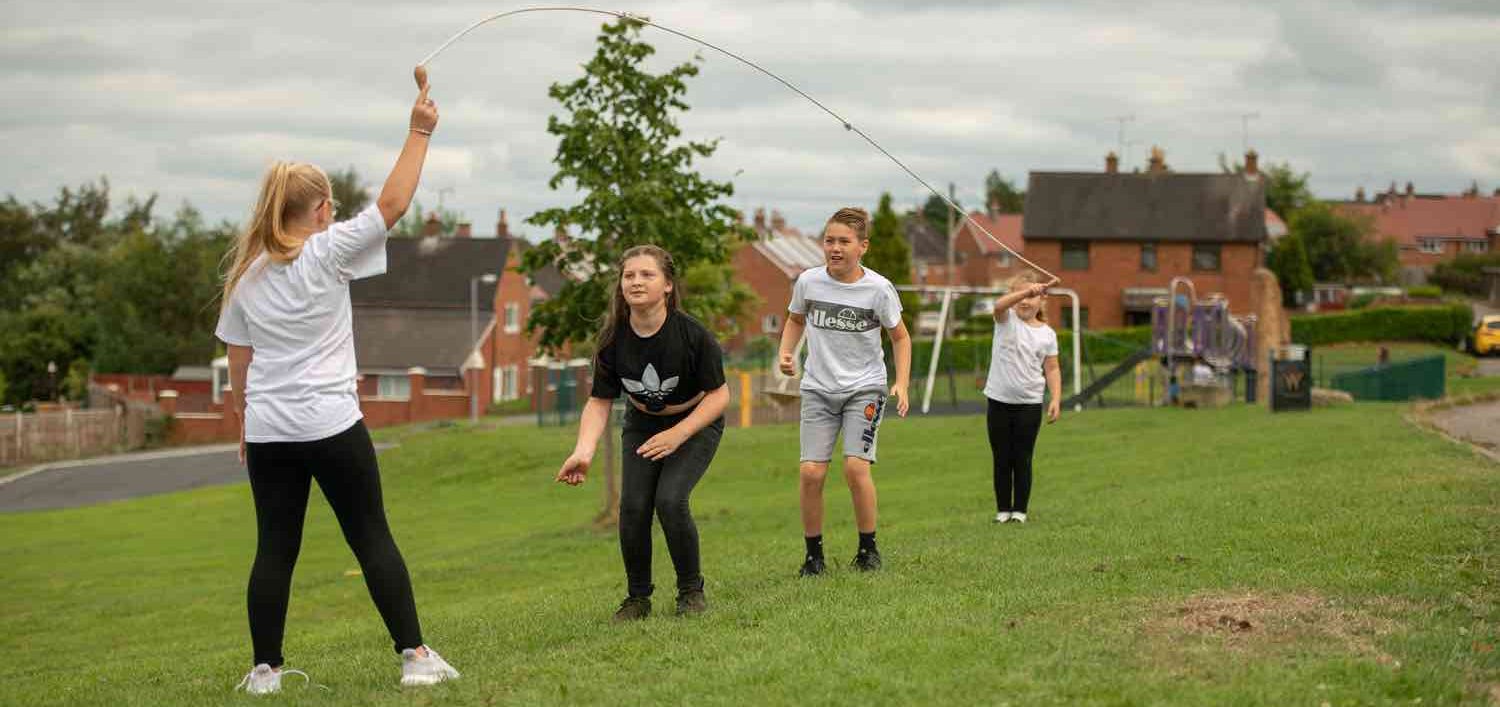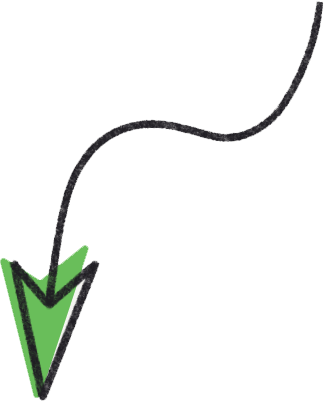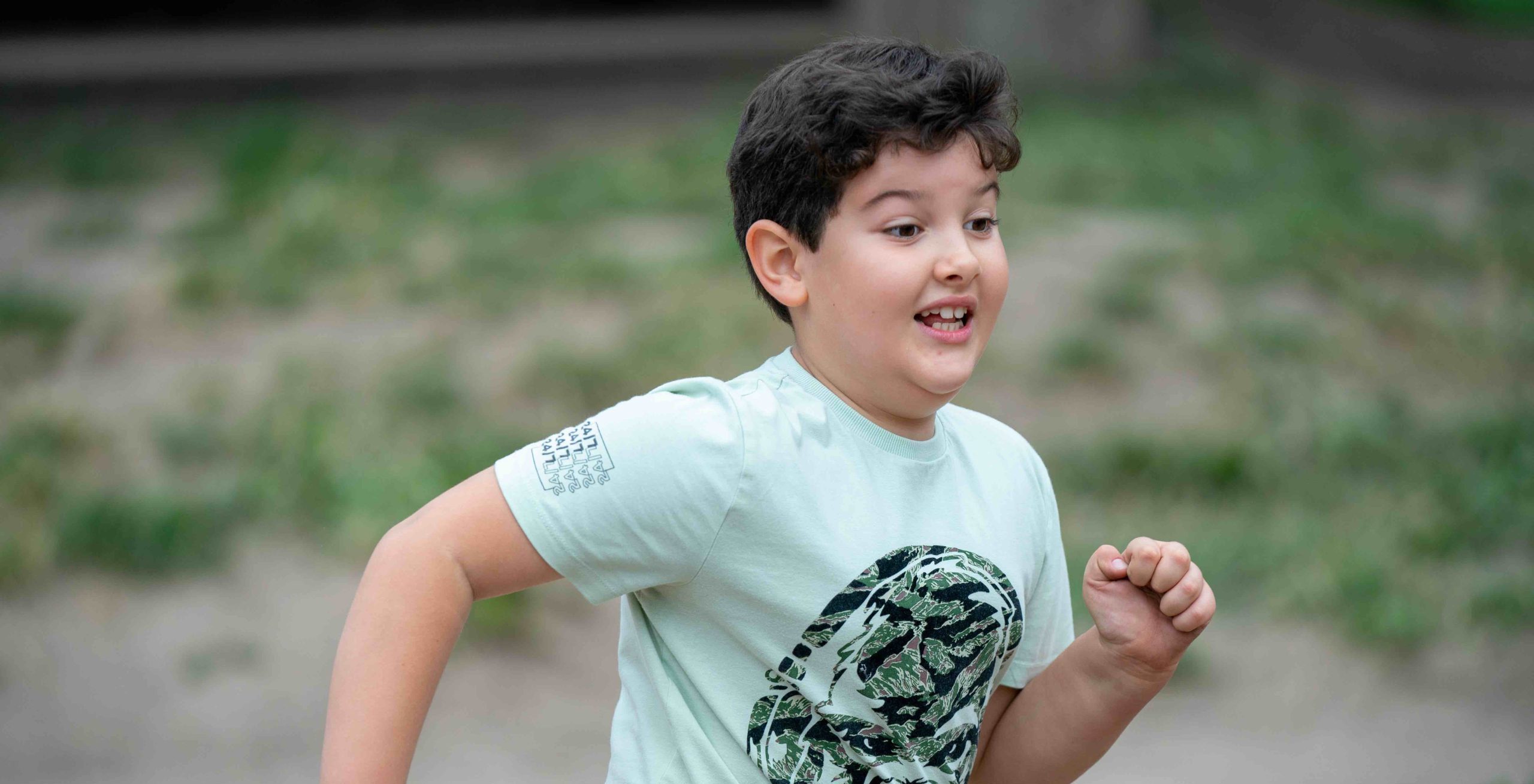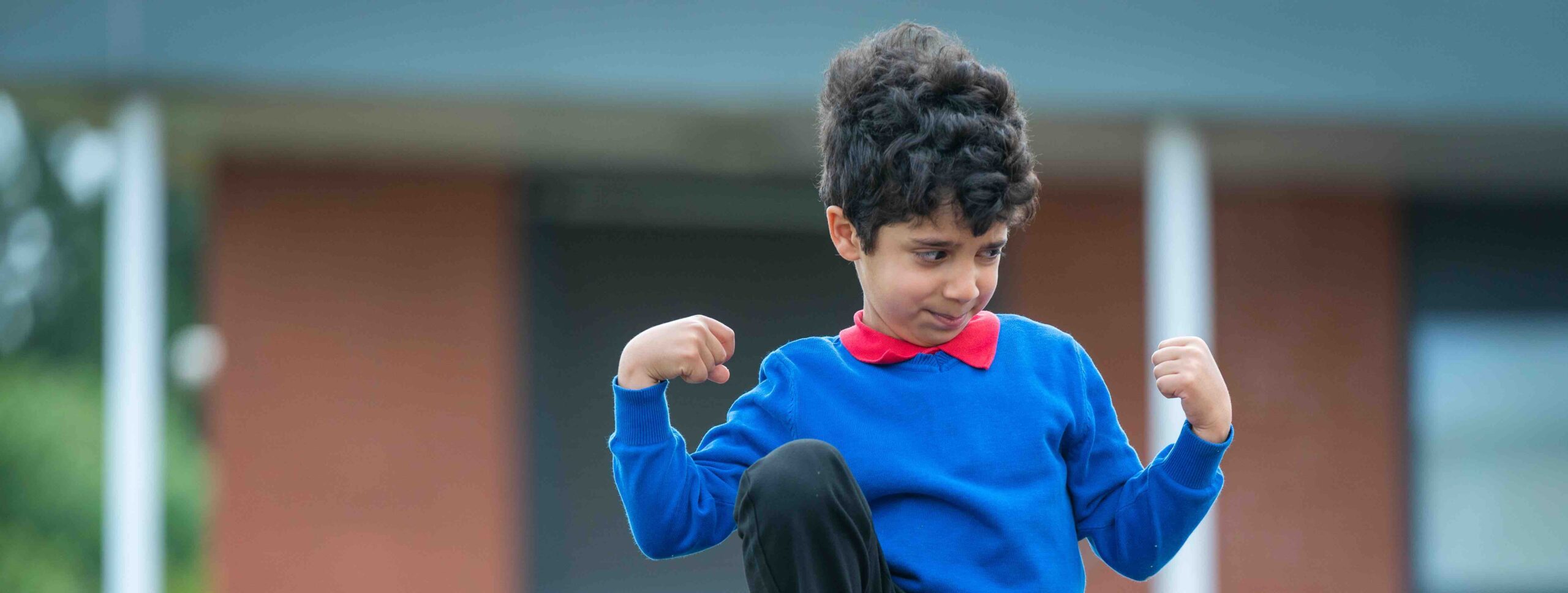All about play
Places to play
Children play wherever they are – but it’s good for parents to think about the types of places where children and teenagers can play and meet up in our communities. Doing this can help us plan how to encourage – or sometimes discourage – play in certain places.
It is important for adults to remember that children and teenagers are members of our communities, too. They have as much right as us to have places where they can go.
Providing places like play areas and youth shelters is important, but we need to recognise that children and teenagers may choose other places to meet and play, too.
Why do children like playing in particular places?
When asked, children and teenagers give lots of reasons for choosing where they play and meet up. These include:
- There are things to do.
- There are places to sit, lean and be comfortable.
- Shops, homes and other places with adults are close by, so there is adult help if needed.
- They are in a good location. For example, places where other children spend time, or are likely to pass by, often get more use.
- There are things to play with.
- There are other children to play with.
Where do children choose to play?
Play areas
These are often used by children of all ages. If teenagers are there, we need to think about why that is. Is there anywhere else for them to go? Is it because the play area is in a good location?
Open spaces
Parks, football pitches and recreational space are often used for playing. But if these spaces are also used for dog walking, dog mess could be a problem, making them unsuitable or meaning children won’t want to play there.
Schools
School playtimes are a good chance for children to be outside playing together. Local communities can work with schools in their area to help make play times as rich and exciting as possible.
Residential streets
If children live on quiet streets, these are often the first places where they play outside their own homes. It means they can be supervised easily and are close to home if they need help. Are there things we can do to make it safer for children to play outside?
In the home and garden
Play isn’t always outside in the community. Our homes and gardens are important places for children to play, too.
Natural spaces
Places like woods, beaches, community gardens and rivers are great for children’s play. Children don’t need special equipment there – they can get a lot out of playing with what is there naturally. If we have these places in the community, how can we make sure they are good for children to play in?
Shops/around town
Children and teenagers often choose to play and meet up around town or outside local shops. They make good meeting places, and children can buy food and watch other people, knowing that adult help is close by if needed. What can we do to makethis a good option for children and teenagers?













